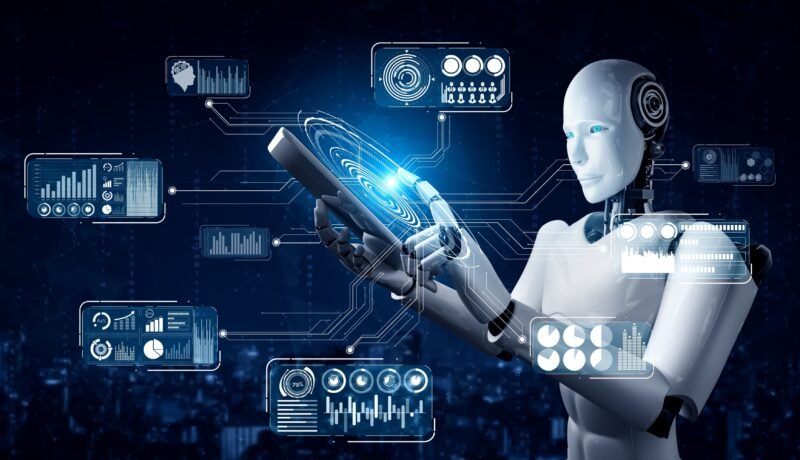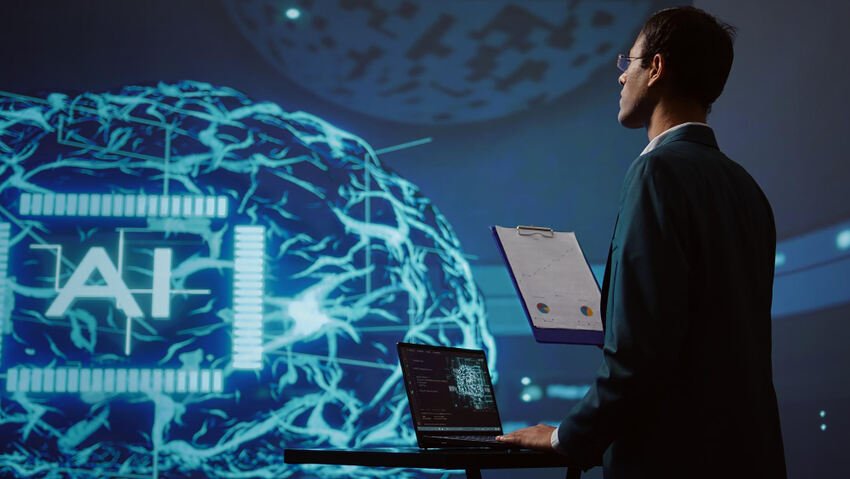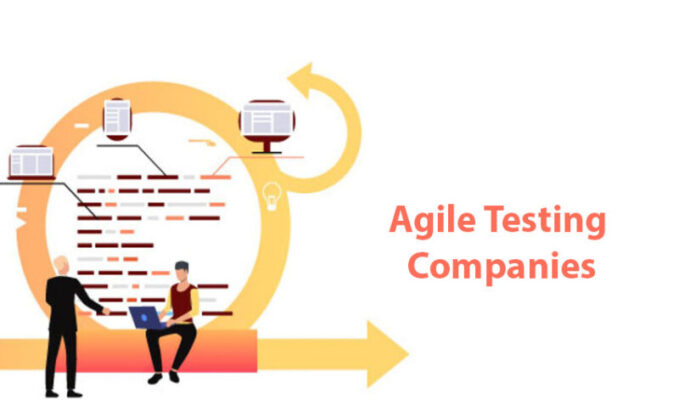Talk to any industry insider, and they’ll tell you that the landscape of software testing is undergoing a paradigm shift that’s rendering many existing practices inadequate. The pace of software delivery is unrecognizable from only a few years ago as tech companies release products at breakneck speed, driving quality assurance (QA) teams to expand their toolkit to remain competitive.
Cognitive technologies that simulate activities of the human brain, such as machine learning, have stepped up the rhythm of testing and product releases in a major way. This has led to novel software testing approaches that deliver more refined applications with error-free functions delivered in less time and without programming. There are numerous QA testing companies across the globe.
In this article, let’s explore how machine learning is revolutionizing software testing and breaking new ground for QA teams and enterprises alike, as well as how to successfully implement it.
Machine Learning Can Develop The Tests Rapidly
QA testers can generate test data, investigate data suitability, optimize and analyze coverage, and perform test management with greater efficiency than in previous years with the assistance of machine learning tools. As analyzed in the scholastic diary Worldwide Diary Brainpower and Applications, the present AI apparatuses do not just work on test creation, diminish holes in testing inclusion and fix tests to line up with new prerequisites, they dissect changes in the application to:
- Create test cases with greater intelligence. With AI, QA analyzers can mechanize the age of experiments to recover the tests each time the application changes, assemble robotized prophets that model the way of behaving of the UI, and produce tests given simulated intelligence arranging methods and hereditary demonstrating.
- Further develop experiments and lift test inclusion with more prominent proficiency.
- Guarantee necessities inclusion.
Computer Vision Leads To Simplified Test Analysis
According to the World Quality Report, businesses are rapidly expanding their use of computer vision technologies. Due to their singular ability to perceive tasks in the same way that a human eye can, and then automate them, computer vision tools, which enable operating systems to derive sophisticated knowledge using digital images and videos, are gaining ground in the field of quality assurance. Machines can perform repetitive detection tasks and test a greater number of user interface (UI) elements with this approach than with traditional testing tools.
In particular, image checks can be used by computer vision to identify the image itself and determine whether its components are related to one another. Consequently, it can determine whether these images can integrate with thought processes, elicit a desired emotion, or elicit the necessary response.
Machine Learning Requires Lesser Software Test Maintenance
QAs must conduct maintenance testing whenever developers implement new application features to ensure that the application continues to function as intended and that existing functionalities have not been compromised. However, to avoid falling behind changes to the code, the tests themselves need to be fixed as well.
With the help of machine learning, QA testers can focus on what’s important and improve the application’s quality. That is to say, they can:
- Make the testing process automatic.
- Improve bug prioritization.
- Convey unrivaled outcomes with fewer staff members.
- lessen the likelihood of bugs being missed.
- Predict occurrences and modifications that may result in additional defects.
Conclusion
QA teams are being forced to constantly reevaluate whether they are employing the appropriate tools and whether the procedures they are implementing are justifiable as deliverable timelines become ever-shorter and the requirement for software products that are faster and more competitively priced increases. The QA testing companies are of great help in this scenario.
Given these constraints, one would expect businesses to adopt machine-learning tools with greater enthusiasm. But, as per the World Quality Report, there are not many indications of critical general advancement because of a lack of important ranges of abilities and the pandemic, which has upset timetables, financial plans, and plans.

Aimee Garcia is a senior editor at ReadDive. She has 5+ years of experience in Digital Marketing. She has worked with different IT companies.





